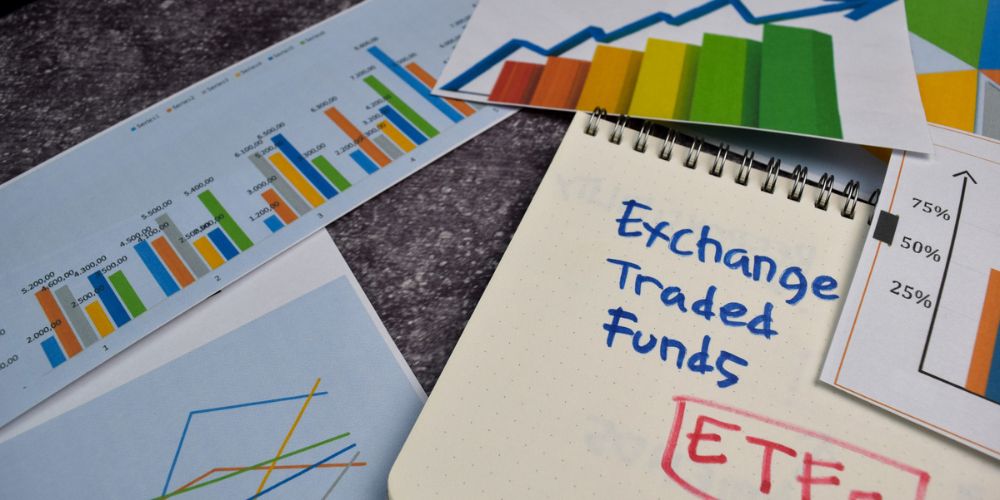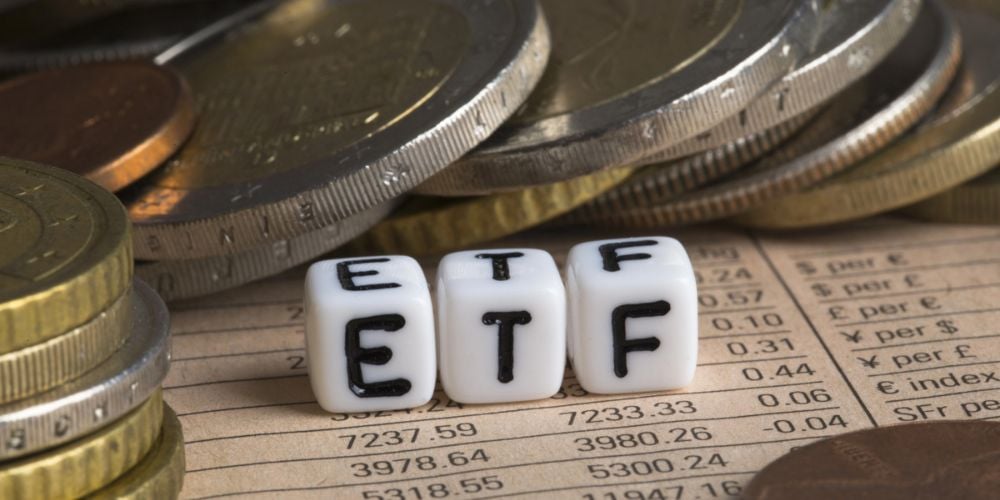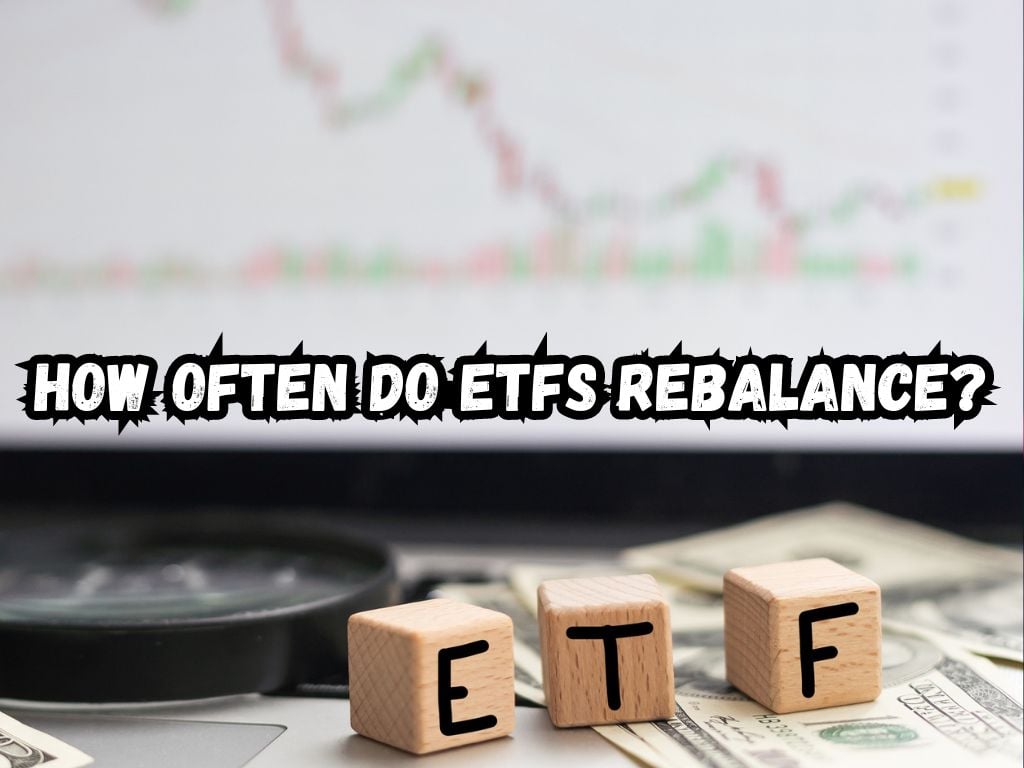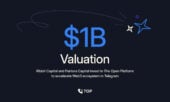Exchange-Traded Funds (ETFs) have become popular investment vehicles for their diversification benefits, liquidity, and cost-effectiveness.
But a key aspect that ensures ETFs remain aligned with their investment objectives is rebalancing. Rebalancing is the process of realigning the weightings of a portfolio’s assets to maintain its original risk profile and strategy.
This article explores the mechanics of ETF rebalancing, how often do ETFs rebalance, importance, and impact on investors.
Understanding ETF Rebalancing
Rebalancing an ETF involves adjusting the holdings of the fund. Providers do this to mirror a target index or to follow a specific investment strategy. Rebalancing ensures that the ETF does not drift away from its target due to market movements. The aim is to keep the investment strategy on course.
It can also affect the ETF’s returns. Regular rebalancing can lead to better risk control. However, it can also rack up transaction costs that affect the fund’s performance.

Key Factors Affecting ETF Rebalancing Frequency
Several factors influence how often an ETF rebalances. An ETF with an active management strategy may rebalance more often than a passive one. Active ETF managers are always looking for ways to beat the market.
Passive ETFs, on the other hand, usually follow an index. They rebalance when the index itself does so. Market conditions can also dictate rebalancing needs. Significant market movements may trigger a portfolio adjustment to stay within set risk levels.
Also, large cash flows in or out of the ETF can warrant rebalancing. Regulatory requirements and tax considerations can also affect the timing.
Types of Rebalancing
Periodic Rebalancing involves setting a fixed schedule. Some ETFs may rebalance quarterly, semi-annually, or annually. This approach is predictable and transparent.
However, the downside is that the fund might miss out on responding to unexpected market changes. Threshold-based Rebalancing occurs when portfolio allocations drift past a predetermined percentage.
This allows for more flexibility but may increase costs due to more frequent trading. Ad-hoc Rebalancing happens under special circumstances.
Events like significant market corrections or sudden economic changes can prompt an unscheduled rebalance.
How Often Do ETFs Rebalance?
ETF rebalancing schedules can vary widely. Many equity ETFs that track major indices rebalance on a quarterly basis to coincide with changes in the index they follow. Bond ETFs might rebalance more frequently due to the shorter maturity of their underlying assets.
Each asset class can present unique rebalancing needs. Understanding the typical rebalance frequency of ETFs in different asset classes can inform investor expectations.
The Rebalancing Process
The ETF provider initiates the rebalancing process. They work with authorized participants who help to create or redeem ETF shares to maintain the correct asset allocation.
The process can move market prices, especially for less liquid assets. Individual investors can experience direct impacts such as changes in the ETF’s holdings and possible price swings during the rebalancing period.
Pros and Cons of ETF Rebalancing
There are benefits to regular rebalancing. It can realign the ETF with its investment strategy and control risk exposure. It can also take advantage of market inefficiencies. Yet, it is not cost-free.
Rebalancing generates transaction costs. It can also have tax consequences for investors. And during the rebalancing period, the ETF may move away from its benchmark index.
Investor Considerations
Investors should think about how rebalancing affects their investment goals. Being aware of the tax consequences is also important.
When choosing an ETF, consider the rebalance frequency and strategy. Such knowledge can guide investment decisions and help set realistic expectations.

Pro Tips
Investors should read the ETF’s prospectus to learn about its specific rebalancing policies. Watching the ETF’s holdings near rebalance dates can highlight potential market impacts.
Using limit orders during periods of rebalancing can reduce the effect of price volatility.
Frequently Asked Questions
Can the frequency of rebalancing affect an ETF’s tracking error?
Yes, the frequency of rebalancing can affect an ETF’s tracking error. Frequent rebalancing can reduce tracking error by closely mirroring the index, but it may increase costs.
How can investors find out when an ETF’s next rebalance will occur?
Investors can find out when an ETF’s next rebalance will occur by checking the ETF’s prospectus or contacting the ETF provider directly.
Do all ETFs rebalance at the same frequency?
No, not all ETFs rebalance at the same frequency. The rebalancing schedule depends on the ETF’s strategy, underlying index, and asset class.
How does rebalancing affect the costs of owning an ETF?
Rebalancing affects the costs of owning an ETF through transaction costs and potential tax implications, which can reduce the fund’s overall return.
What are some reasons why an ETF might not rebalance as scheduled?
Reasons an ETF might not rebalance as scheduled include significant market volatility, liquidity issues, or changes in the underlying index methodology.
This article provides a thorough exploration of the ETF rebalancing process. It includes everything from the factors that influence rebalancing schedules to the pros and cons of rebalancing, and even the tax implications for investors.
By keeping these details in mind, investors can navigate their ETF investments with greater precision and confidence.
Conclusion
Understanding the frequency and method of ETF rebalancing is central to making informed investment choices.
By unraveling the details of the rebalancing process, investors can optimize their ETF investments and stay true to their financial goals.


 Tags:
Tags:










